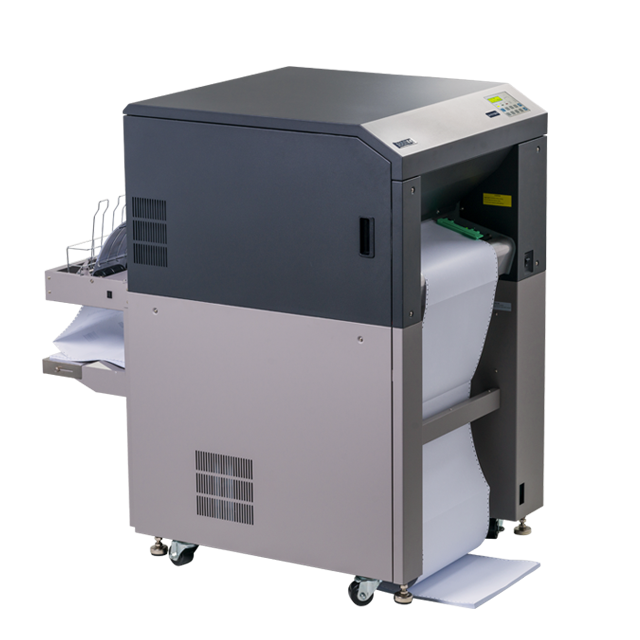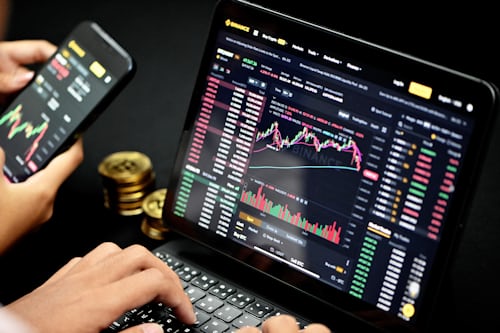Tips for CFD trading
These act as an interface between the customer and the tradable underlying assets. The brokers accept the buying and selling requests of the customers, set the prices and the trading conditions.
The CFDs always refer to the so-called "underlying asset", i.e. an investment product that has a specific price. The traders acquire either a short position and bet on a falling price or a long position and bet on a rising price. They deposit with their broker for the purchase of CFDs a security deposit, the so-called margin.
CFD Broker and fees
The CFD advisors on BrokerDeal.de offer in connection with CFD trading also information on CFD brokers and the costs associated with trading. Meanwhile, many Forex brokers also offer trading with CFDs. These can be purchased via the trading platforms of the providers.
There are fees for trading CFDs, which can vary depending on the broker. If a trader buys or sells CFDs, he usually has to pay transaction fees at the respective broker. If positions are held overnight, the broker may charge additional fees for this. If a trader buys CFDs in foreign currency, he may incur additional costs due to currency exchange. The possible currency risks must also be taken into account.
The value of a CFD
Last but not least, the CFD advisors offer information about the possible chances of profit. The profit from a contract for difference is the difference between the entry price and the exit price, and is also called the spread. The broker pays the trader the difference, provided that the trader has correctly predicted the direction of the price development of the respective underlying asset.
The leverage effect
Leverage effects are a special feature of CFD trading in https://exness-ar.com/tnzyl-exness/. Leverage enables traders to achieve high profits with comparatively low capital investment. However, it should be noted that this can also have an effect in the other direction. This means that a trader can lose his entire stake in CFD trading.
The leverage effect that traders can benefit from when trading CFDs is also called the leverage effect. Traders do not ultimately acquire shares in companies, but simply deposit a security deposit (margin). The lower this margin is, the higher the leverage can be, with which capital can be moved on the stock exchange. The leverage relates in each case to the change in the price of the underlying asset. It results from the division of the capital employed for the purchase of shares and the capital employed for the contract for difference. For example, if a trader buys shares worth 10,000 euros via a contract for difference (CFD) worth 100 euros, the leverage is 100.
The importance of margin call when trading CFDs
The margin call is responsible for the fact that the losses can go far beyond the capital provided. If the market situation runs against the trader for too long, so that the margin is almost used up, a so-called margin call may occur. This means that the trader must pay the margin in arrears. If the additional payment is not made in time, the CFD broker reserves the right to close all open positions. In this case, the customer is fully liable. Accordingly, the risk of loss is not limited to the margin.
In principle, this risk should be taken into account. However, there are now also protection options offered by some brokers. There are CFD brokers that exclude negative account balances legally binding. To realize this, the positions are automatically closed before the deposit is used up. Any negative account balance that nevertheless appears must be settled by the broker. Such provisions are contractually stipulated in the terms and conditions and should be clearly understood at the time of conclusion.
The second option is that the broker offers the option of guaranteed stops. This is to avert another potential source of risk: in the event of a gap (price gap), the close-out may deviate from the actual trigger value of the stop and, in the worst case, may also lead to negative account balances.

Inexpensive to purchase, inexpensive to operate: the SOLID F40 is the most economical printer in its class. As a continuous laser printer for
medium printing volumes it covers a very broad spectrum of deployment areas. The powerful Microplex Controller guarantees connection versatility,
easy system integration and high printing performance. Cold fusing via Xenon flash lamps also enables thermally sensitive materials
such as plastic or PVC to be used. And fusing is also trouble-free even on thick materials.
-
Most economical cold fusing printer on the market
-
Prints on paper, PVC, plastic, etc.
-
USB, Ethernet (10/100 Mbit) as standard
-
Laser and matrix printer compatible
-
SAP with the standard PCL5e emulation
-
Perfect control via Status Out
-
Optional IPDS emulation making it the printer of choice for IBM solutions




